Encountering a wild snake can be both exhilarating and terrifying, depending on your perspective. These remarkable reptiles play crucial roles in ecosystems worldwide, controlling rodent populations and serving as both predator and prey in the delicate balance of nature. However, human-snake interactions often go awry due to misconceptions, fear responses, and simple lack of knowledge. Understanding the common mistakes people make when encountering snakes in the wild not only promotes conservation but can literally save lives—both human and serpentine. This guide explores the ten most common errors people make during snake encounters and provides expert guidance on how to correct these potentially dangerous behaviors.
Mistake 1: Approaching the Snake for a Closer Look
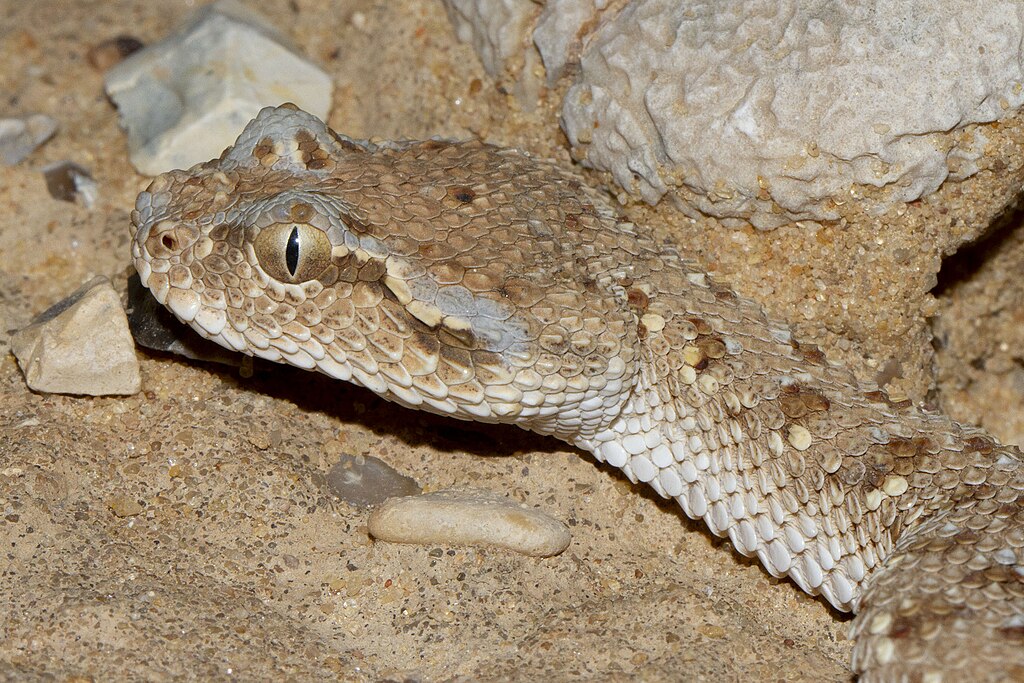
One of the most dangerous mistakes people make when spotting a wild snake is closing the distance for a better view or photo opportunity. This intrusion into the snake’s space often triggers defensive behaviors that might not have occurred if adequate distance had been maintained. Snakes typically view humans as potential predators, not curious observers, and approaching them creates unnecessary stress for the animal. Even non-venomous species can inflict painful bites when cornered or threatened, while venomous encounters become significantly more dangerous with proximity. Wildlife experts universally recommend maintaining a minimum distance of six feet from any wild snake, using binoculars or zoom camera lenses if detailed observation is desired.
Mistake 2: Attempting to Handle or Capture the Snake
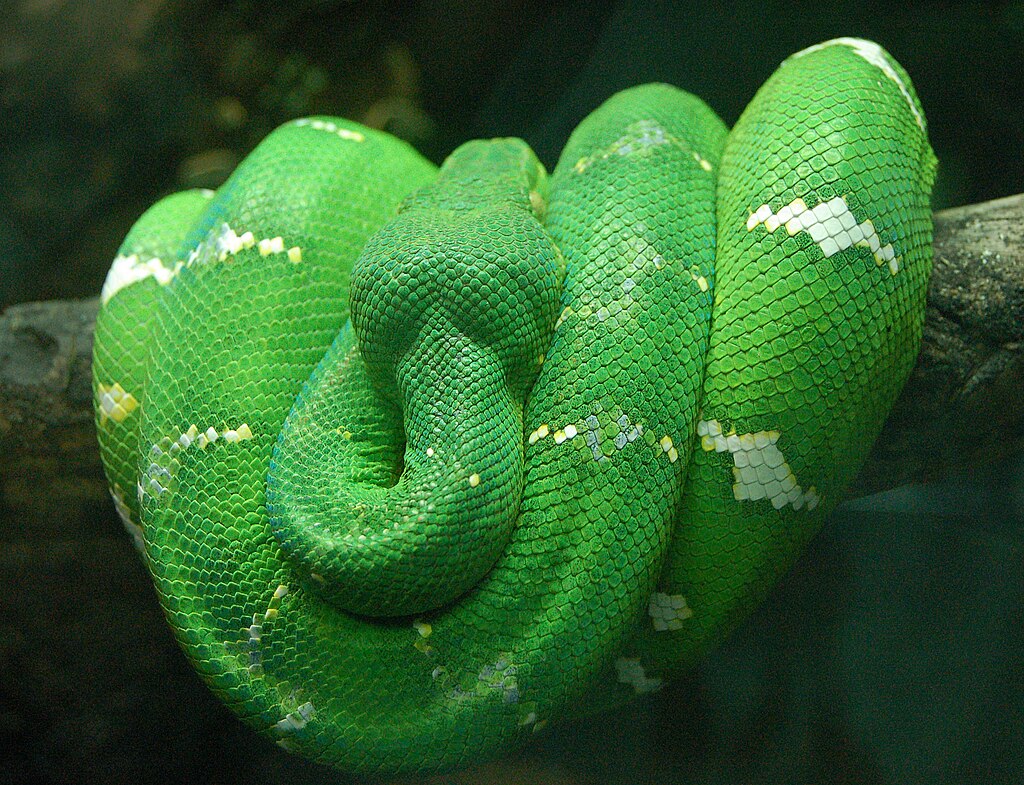
Following closely behind approaching snakes comes the even more dangerous mistake of attempting to handle or capture wild specimens. Many snake bites occur precisely during these ill-advised handling attempts, even by people who believe they can identify species accurately. Even experienced herpetologists approach handling wild snakes with extreme caution and proper equipment, understanding that any wild animal will defend itself when restrained. The risks extend beyond venomous bites—many non-venomous snakes have numerous rows of small, sharp teeth that can deliver bacteria-laden bites requiring medical attention. Additionally, improper handling can injure the snake, damaging delicate vertebrae or causing serious internal injuries that may prove fatal to the animal after release.
Mistake 3: Misidentifying Venomous and Non-Venomous Species
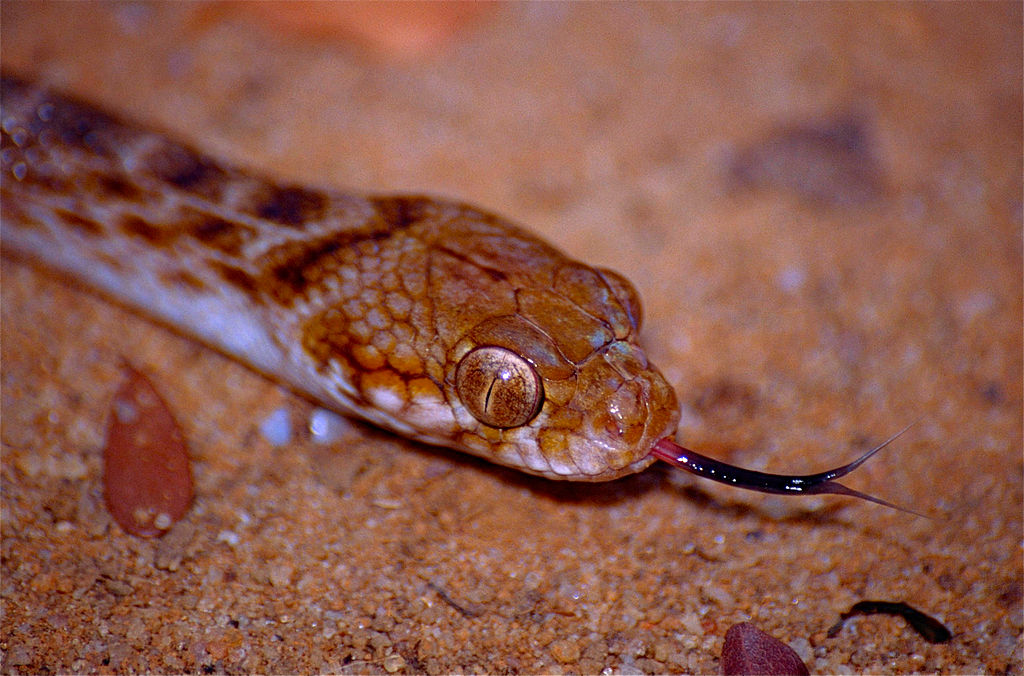
Species misidentification ranks among the most dangerous mistakes when encountering wild snakes, particularly when people rely on oversimplified or inaccurate identification methods. Common misconceptions—such as all venomous snakes having triangular heads or slit pupils—fail as reliable identification tools since many non-venomous species display these same characteristics when threatened. Regional variations further complicate identification, with some areas hosting venomous species that break the “rules” people commonly rely upon. Even experienced naturalists occasionally struggle with identifying certain species, particularly juveniles or color morphs that differ from typical specimens. The wisest approach is to treat all wild snakes with cautious respect, maintaining distance regardless of suspected species, and using multiple field marks rather than single characteristics for identification.
Mistake 4: Killing Snakes Out of Fear or Misplaced Conservation
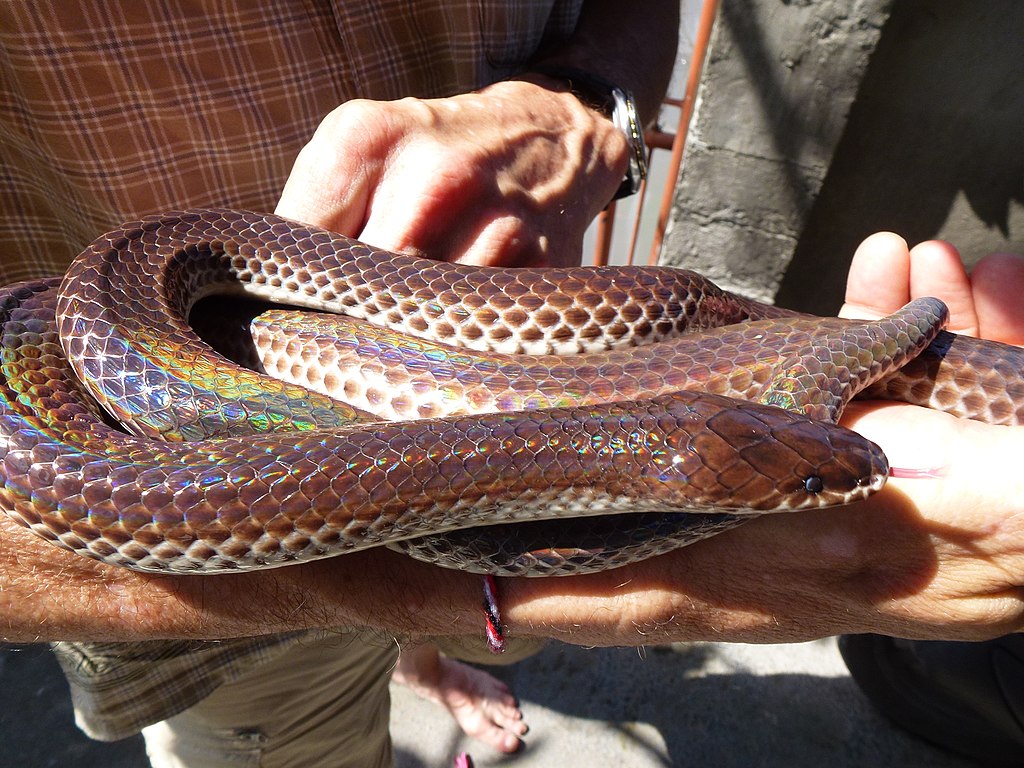
Perhaps no mistake has more negative ecological consequences than killing snakes out of fear or misunderstanding. This knee-jerk reaction not only harms biodiversity but often eliminates beneficial species that control rodent populations and serve important ecosystem functions. In many regions, indiscriminate snake killing has led to population declines of harmless species far more severe than their venomous counterparts, likely because venomous species tend to be more secretive and encounter humans less frequently. Many jurisdictions now protect all native snake species with laws prohibiting killing without legitimate cause, such as immediate danger. Additionally, attempting to kill a snake dramatically increases bite risk—most snake bites occur during killing attempts, when the cornered reptile has no option but to defend itself vigorously.
Mistake 5: Freezing or Fleeing in Panic
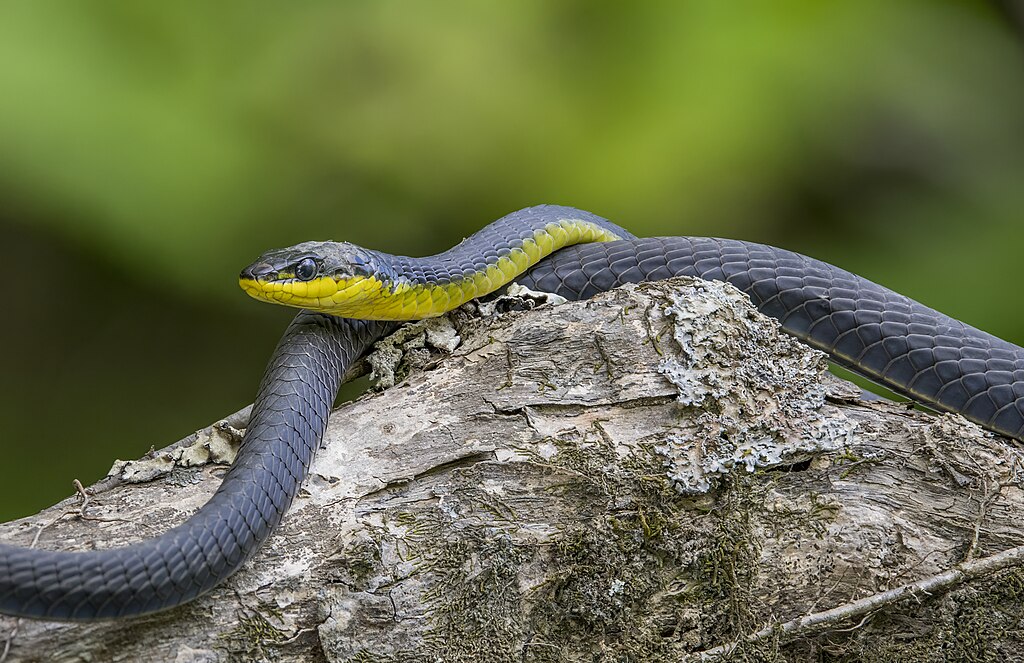
Our instinctive fear responses—freezing in place or fleeing in panic—represent another common mistake when encountering wild snakes. Sudden movements, particularly running, may trigger a defensive response from a snake that might otherwise have remained calm or retreated. Freezing completely, while sometimes appropriate momentarily to assess the situation, becomes problematic if it prevents a person from calmly and deliberately moving away from the snake’s location. The optimal response involves controlled, deliberate movements that create distance without sudden actions that might startle the snake. Mental preparation before hiking in snake country helps develop this middle-ground response—neither panicking nor freezing—which keeps both human and snake safest during unexpected encounters.
Mistake 6: Disturbing Habitat Without Awareness
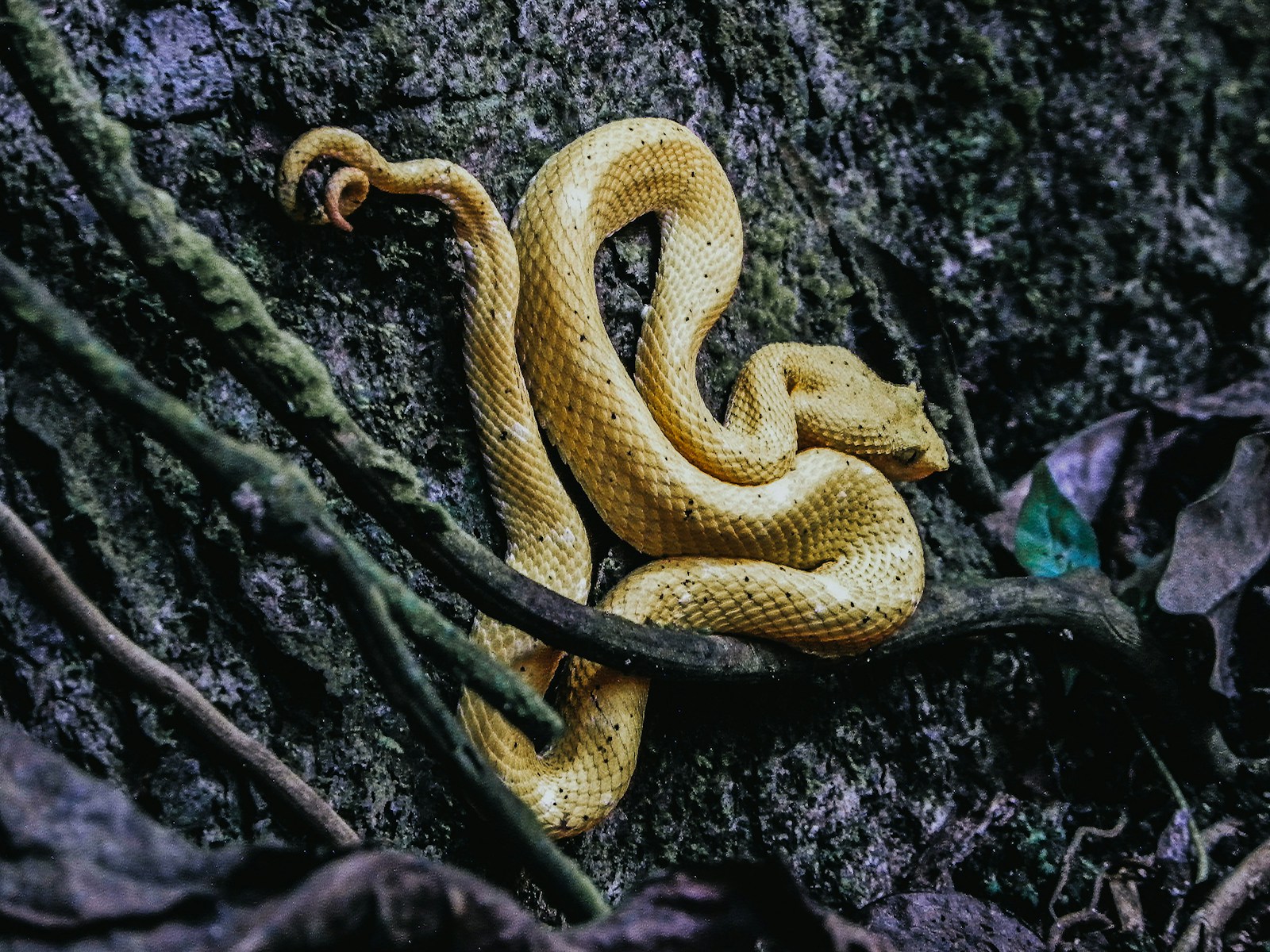
Many snake encounters escalate to dangerous situations because people unwittingly disturb snake habitat without proper awareness or precautions. Reaching blindly under rocks, logs, or into dense vegetation remains a common cause of defensive snake bites, particularly in areas where venomous species seek shelter during hot weather. Similarly, moving firewood piles, reaching into tall grass, or disrupting rock formations without first checking for inhabitants puts both humans and snakes at unnecessary risk. Proper precautions include using tools like rakes or sticks to investigate potential hiding spots before reaching with hands, wearing appropriate footwear and long pants in snake habitat, and maintaining vigilance when moving through prime snake environments. These simple habits dramatically reduce the likelihood of surprising a snake in its retreat, which often leads to defensive responses.
Mistake 7: Failing to Educate Children About Snake Safety

Children’s natural curiosity about wildlife, combined with their smaller size and less developed risk assessment abilities, makes their proper education about snake encounters critically important. Unfortunately, many adults either instill excessive fear or fail to provide adequate safety guidelines regarding wild snake encounters. Children should learn clear, age-appropriate rules about maintaining distance from all wild snakes, immediately reporting sightings to adults, and never attempting to touch or interact with these animals no matter how small or harmless they may appear. Equally important is teaching children to appreciate snakes’ ecological importance while respecting their wild nature, avoiding both unnecessary fear and dangerous familiarity. Educational programs that allow children to observe snakes safely under professional supervision help develop this balanced understanding far better than either ignoring the topic or emphasizing only the dangers.
Mistake 8: Ignoring Seasonal and Daily Activity Patterns
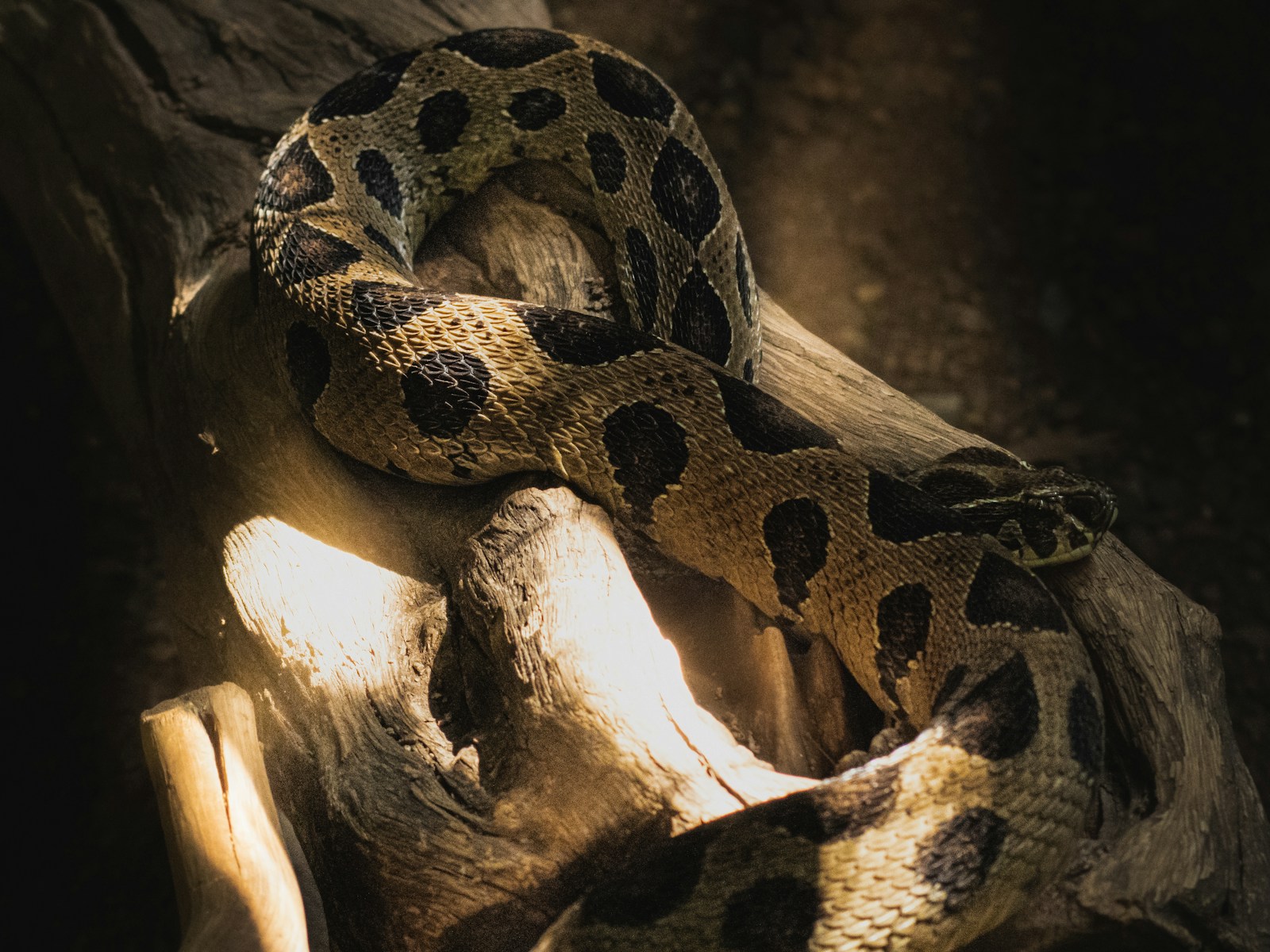
Many snake encounters could be avoided entirely by understanding and respecting snakes’ predictable activity patterns, yet many outdoor enthusiasts remain ignorant of these crucial behavioral rhythms. In temperate climates, snakes are most active during spring and fall, when moderate temperatures allow them to thermoregulate effectively, while summer activity often shifts to early morning and evening hours to avoid midday heat. Different species also demonstrate distinct habitat preferences based on season—many venomous species in North America move to rocky, sun-exposed slopes during spring emergence but seek cooler, moister environments during summer months. Trail runners and hikers who schedule activities during peak snake activity periods without appropriate vigilance increase their encounter risks substantially. Understanding regional snake seasons and daily activity cycles allows for better preparation and reduces surprise encounters.
Mistake 9: Using Ineffective or Dangerous “Snake Repellents”
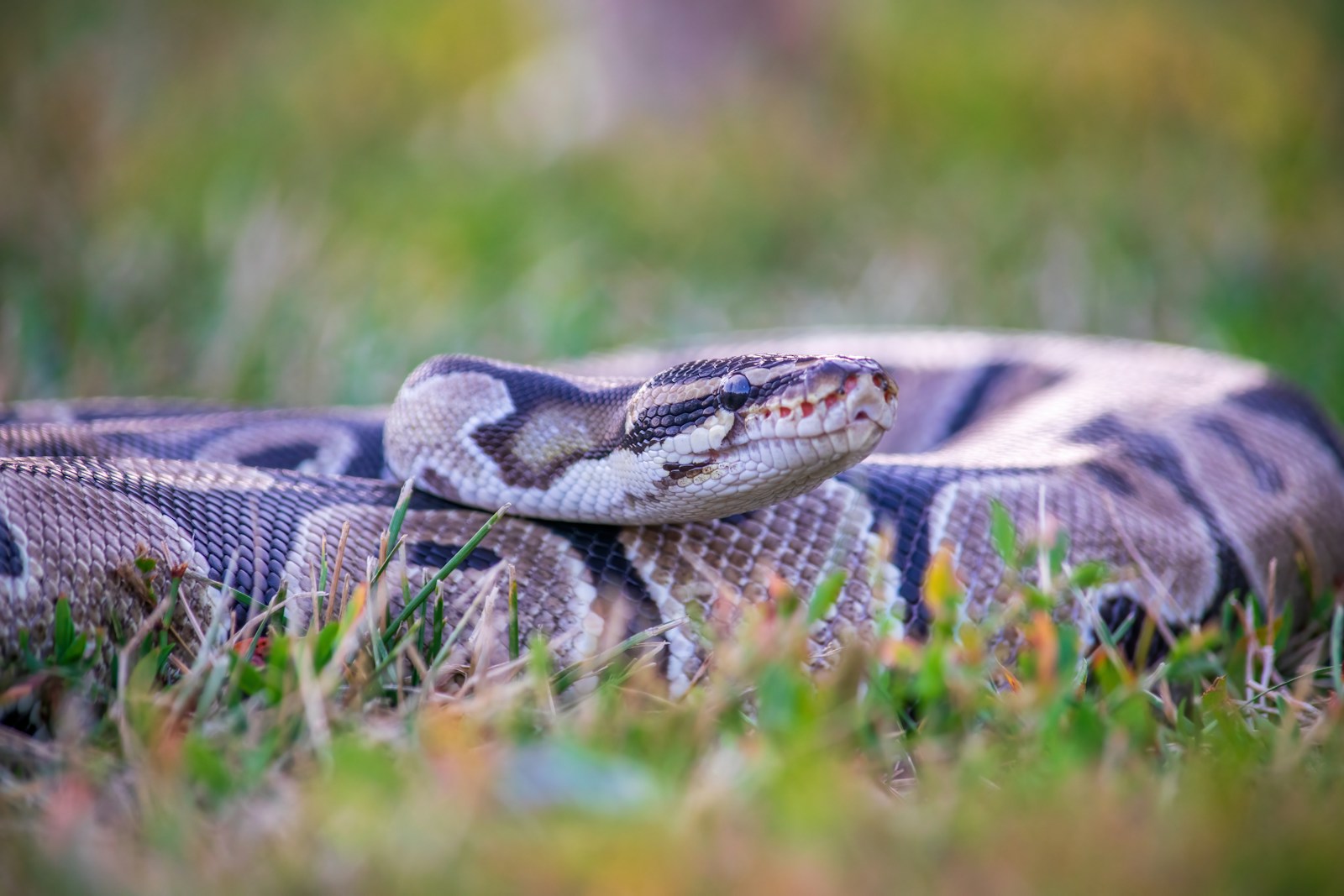
The marketplace abounds with products claiming to repel snakes through various chemical or ultrasonic means, yet scientific testing consistently reveals these products to be ineffective at best and potentially environmentally harmful at worst. Homeowners and outdoor enthusiasts waste resources on these solutions while neglecting proven habitat modification strategies that actually reduce snake presence in targeted areas. Effective approaches include removing debris piles, keeping grass short near buildings, sealing structural gaps larger than ¼ inch, and eliminating rodent populations that attract snakes seeking prey. Commercial repellents containing naphthalene or sulfur not only fail to deter snakes but may harm other wildlife and contaminate soil and water systems. Ultrasonic devices similarly show no credible evidence of effectiveness despite decades of testing and manufacturer claims.
Mistake 10: Improper First Aid Following a Snake Bite

Perhaps no mistake has more immediate health consequences than following outdated or dangerous first aid practices after a snake bite occurs. Harmful interventions still commonly attempted include cutting bite sites, applying tourniquets, ice, or heat treatments, and attempting to suck out venom—all methods proven to increase tissue damage and potentially worsen outcomes. Modern snake bite protocol emphasizes keeping the victim calm, removing constrictive items like jewelry or tight clothing near the bite site, keeping the affected limb at or slightly below heart level, and obtaining medical transport to the nearest hospital as quickly as possible. Taking a photo of the snake from a safe distance can aid identification, but no time should be wasted attempting to capture or kill the snake for this purpose. The proliferation of incorrect first aid information online and in popular media continues to put bite victims at additional risk beyond the envenomation itself.
Understanding Snake Defensive Behaviors
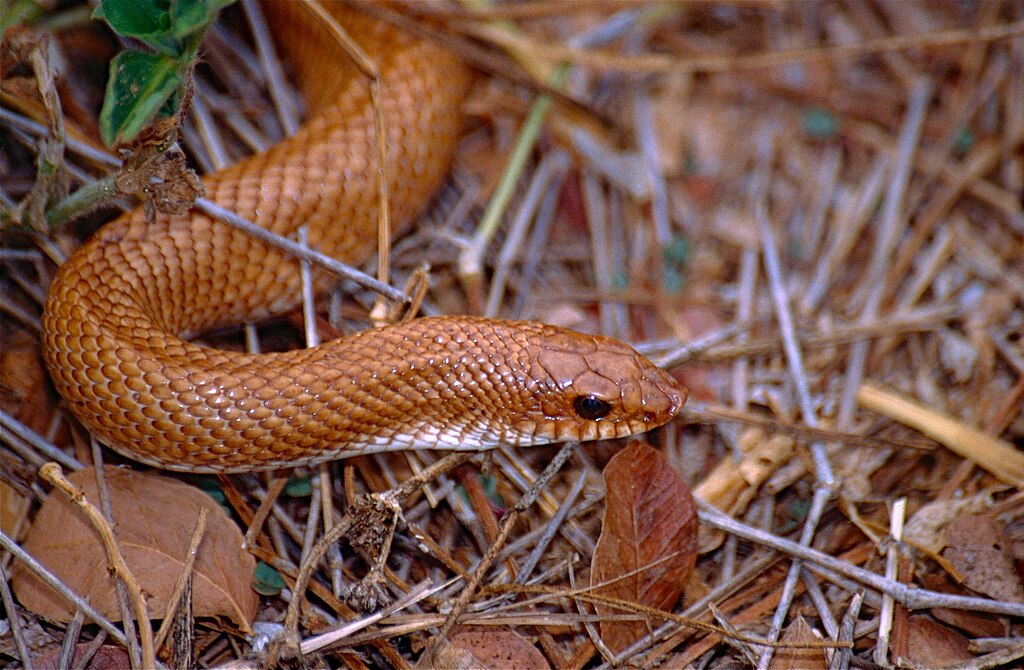
A fundamental mistake underlying many negative snake encounters stems from misinterpreting snake defensive behaviors as aggression or attacks. Snakes display a predictable escalation of defensive tactics when they feel threatened, beginning with attempting to remain motionless and camouflaged, then trying to retreat if detected, followed by warning displays such as flattening their heads, hissing, or vibrating their tails. Only when these strategies fail do most snakes resort to striking, and even then, many strikes are defensive “dry bites” without venom injection. Misreading these signals leads people to perceive snakes as aggressive when they are actually engaging in progressive defensive behaviors to avoid conflict. Learning to recognize these warning signs allows humans to de-escalate encounters by increasing distance and reducing threatening postures or movements, giving the snake opportunity to retreat without feeling cornered.
The Importance of Regional Snake Knowledge
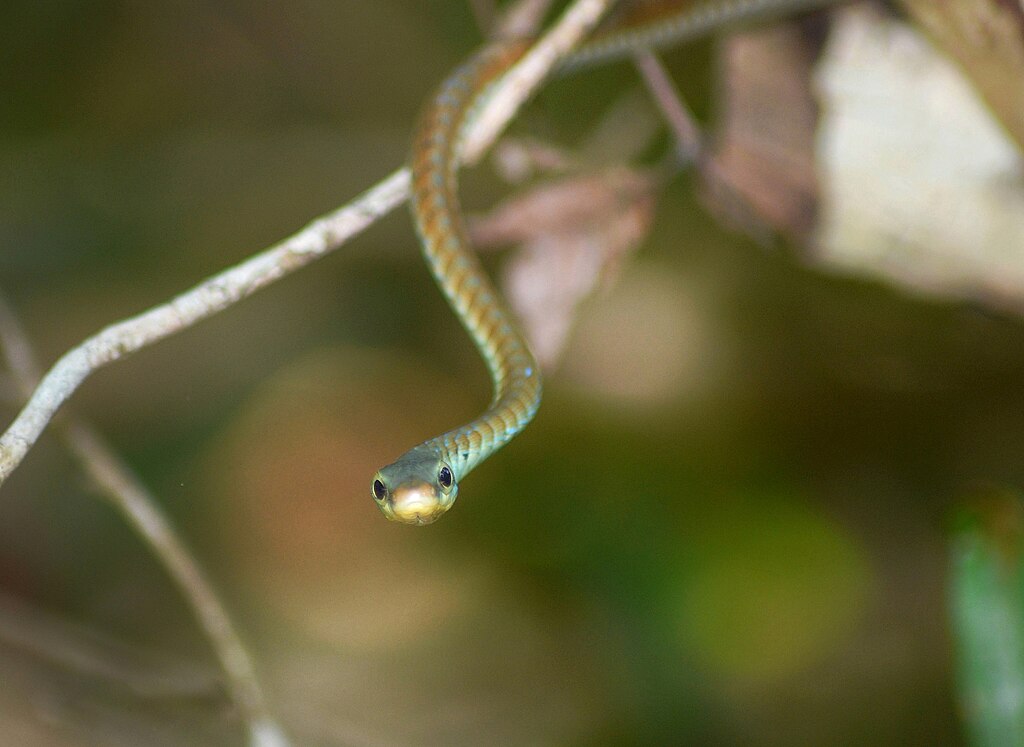
A crucial mistake many outdoor enthusiasts make involves failing to research the specific snake species present in areas they visit, particularly when traveling to unfamiliar regions with different snake fauna. Snake species, behaviors, and associated risks vary dramatically between ecosystems and geographic regions. For instance, knowing that rattlesnakes dominate venomous concerns in most of North America provides little preparation for encounters with coral snakes in the southeast United States or the entirely different venomous species found in tropical destinations. Regional knowledge extends beyond simple species identification to understanding local snakes’ preferred habitats, seasonal patterns, and specific defensive behaviors. Many parks and nature preserves offer region-specific snake information through brochures, visitor center displays, or ranger programs that provide invaluable local knowledge that general snake safety guidelines might miss.
Conclusion
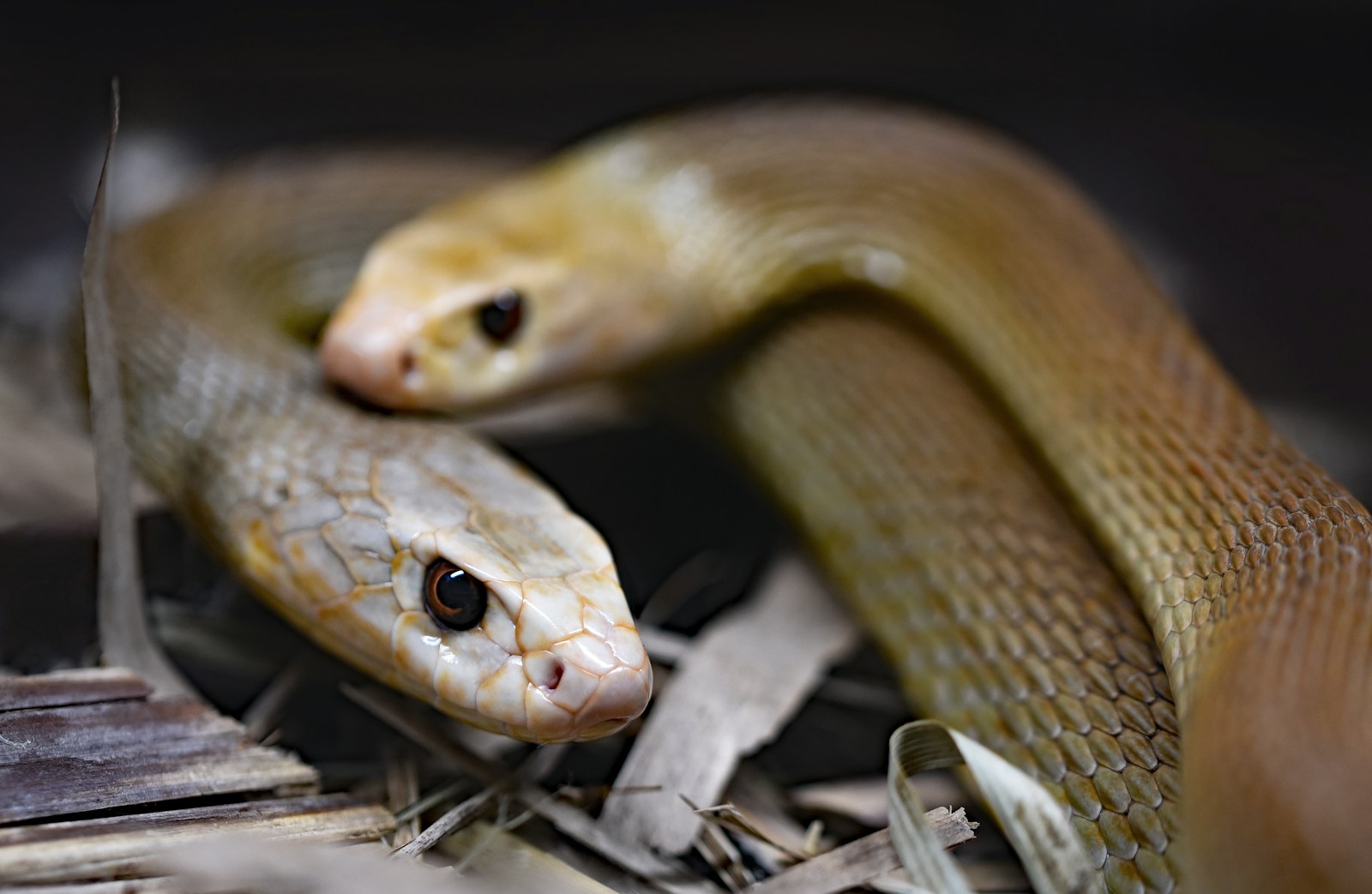
Encounters with wild snakes need not end in tragedy for either humans or reptiles. By avoiding these ten common mistakes, outdoor enthusiasts can appreciate these fascinating creatures from a safe distance while minimizing risks to both parties. Most snake species prefer avoiding human interaction entirely and will take advantage of opportunities to retreat peacefully when given the chance. Conservation efforts benefit tremendously when the public develops informed respect rather than irrational fear of these important predators. With proper education, preparation, and response strategies, sharing the landscape with wild snakes becomes another enriching aspect of connecting with natural environments rather than a source of conflict or danger.





